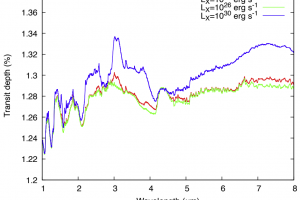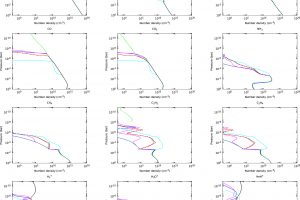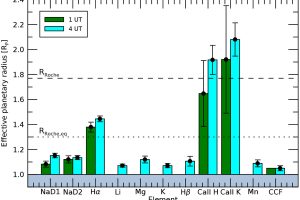Synthesis of spectra of exoplanetary atmospheres externally irradiated by X/UV radiation. The study: “Signatures of X-ray dominated chemistry in the spectra of exoplanetary atmospheres” of D. Locci (INAF – OAPA) appeared on PSJ

One of the lessons we have learned after two decades of exoplanetary science, primarily from the diversity of exoplanets discovered to date, is that various properties of exoplanets depend on the characteristics and evolution of their parent stars. Specifically, stellar X-ray and UV radiation can impact the chemical and physical properties of planetary atmospheres. While UV radiation is primarily absorbed
» Read more

